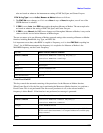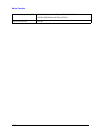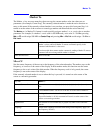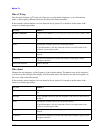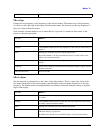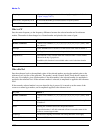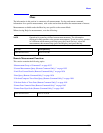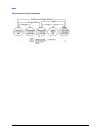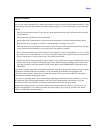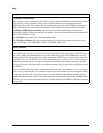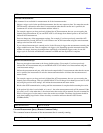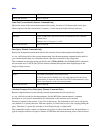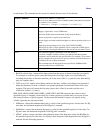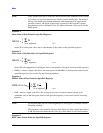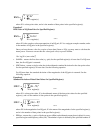
1033
Meas
Measure Commands:
:MEASure:<measurement>[n]?
This is a fast single-command way to make a measurement using the factory default instrument settings. These
are the settings and units that conform to the Mode Setup settings (e.g. radio standard) that you have currently
selected.
• Stops the current measurement (if any) and sets up the instrument for the specified measurement using the
factory defaults
• Initiates the data acquisition for the measurement
• Blocks other SCPI communication, waiting until the measurement is complete before returning results.
• If the function does averaging, it is turned on and the number of averages is set to 10.
• After the data is valid it returns the scalar results, or the trace data, for the specified measurement. The type
of data returned may be defined by an [n] value that is sent with the command.
The scalar measurement results will be returned if the optional [n] value is not included, or is set to 1. If the
[n] value is set to a value other than 1, the selected trace data results will be returned. See each command for
details of what types of scalar results or trace data results are available.
ASCII is the default format for the data output. (Older versions of Spectrum Analysis and Phase Noise mode
measurements only use ASCII.) The binary data formats should be used for handling large blocks of data
since they are smaller and faster than the ASCII format. Refer to the FORMat:DATA command for more
information.
If you need to change some of the measurement parameters from the factory default settings you can set up the
measurement with the CONFigure command. Use the commands in the SENSe:<measurement> and
CALCulate:<measurement> subsystems to change the settings. Then you can use the READ? command to
initiate the measurement and query the results.
If you need to repeatedly make a given measurement with settings other than the factory defaults, you can use
the commands in the SENSe:<measurement> and CALCulate:<measurement> subsystems to set up the
measurement. Then use the READ? command to initiate the measurement and query results.
Measurement settings persist if you initiate a different measurement and then return to a previous one. Use
READ:<measurement>? if you want to use those persistent settings. If you want to go back to the default
settings, use MEASure:<measurement>?.



